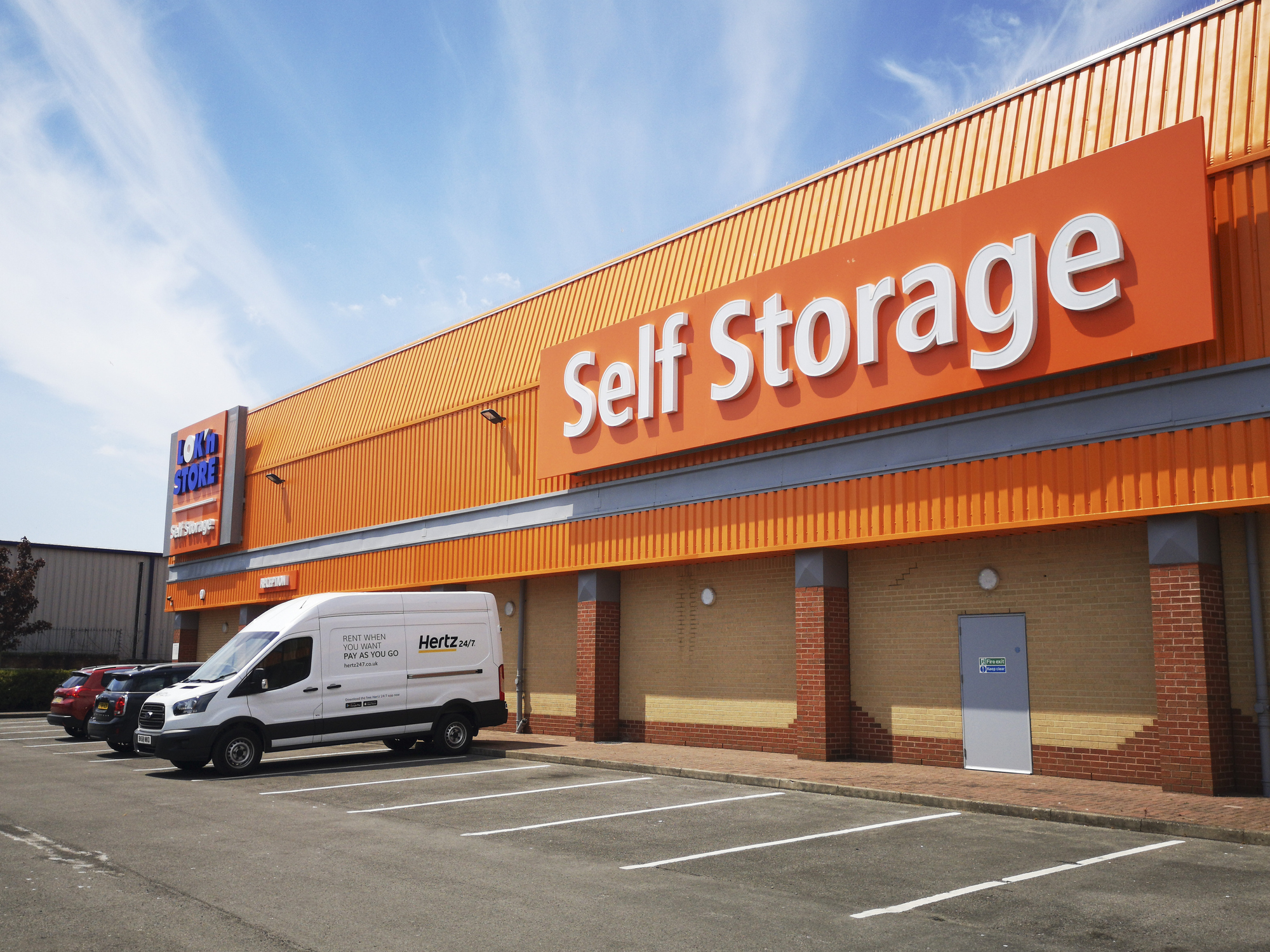In the 1960s, self-storage development started with pioneers who identified the increasing demand for commercial and residential storage. These real estate developers set the stage for the self-storage industry.
The self-storage industry is not much different from those dealing with demand and supply economics. Commercial and residential storage has increased the number of facilities that supply it. The industry’s increased growth has increased public awareness of the product’s personal and economic advantages. The continuous increase in demand is always teamed with excellent potential, making self-storage one of the leading growth industries since 1978.
The importance of the self-storage industry cannot be denied. Commercial development of the industry started back in the 1960s. Real estate will always be a significant asset for households, governments, and businesses. They are affected by the economic law of supply and demand; however, opening a self-storage business is never guaranteed.

Key Factors of a Self-Storage Business
The essential factors that must be considered in a self-storage business model include the following:
Cash flow analysis
A cash flow analysis helps determine the business’s total profit, which is integral to any business. Various factors must be considered. They include the considerable amount of leasable space, projected percentage of occupancy, loss due to vacancy collection problems, and gross annual rent income.
Development costs
Developmental costs must be obtained before entering any business, and the total costs must be considered before making any major decisions. Bookkeeping can be used to keep track of any information related to the significant costs associated with the business. The area of the purchased land should not reflect the total amount of the leasable space upon completion.
In addition, significant factors that help determine the leasable coverage include utilities, easements, building codes, and physical land features. The figures linked to the construction costs depend entirely on the type of facility. Almost 67% of the development budget goes towards construction, comprising equipment, labor costs, and many other items. Self-storage businesses require more than half of the developmental costs of multi-family properties, including co-housing properties and apartments.

Financial analysis
Financial analysis is an essential part of a self-storage business. A cash flow analysis helps determine the ROI just after the development costs. The target occupancy percentage must be developed, which is usually around 90%. In addition to the target occupancy percentage, the break-even occupancy must be identified to cover the debt services and operational costs.
Self-storage businesses believe the occupancy rate should be between 60% and 72%. A low break-even percentage is always ideal for investors because it provides an extra cushion for market fluctuations.
End users of the self-storage business
An increase in business-minded individuals mainly powers the self-storage industry. These parts of every normal start-up require a mobile workspace and temporary storage. Companies like e-commerce stores use self-storage units as an important part of their inventory facilities. Besides the commercial market, many people move into new homes and use self-storage units to store their short-term or long-term belongings.
The market developed rental rates for many different self-storage consumers, and they operate within these rates. This is the key to competitive sales of self-storage units. A self-storage business is beneficial as it is one of the greatest investments compared to other major real estate developments. The growth of online businesses and start-ups is expected to help expand the number of self-storage businesses and the industry.

Rents
Rents are an important part of a self-storage business. The average annual rent charges for real estate were surveyed in many studies. Self-storage units are similar to multi-family and real estate properties regarding rent prices. The rents and prices of storage services are as follows:
- Multi-family: $7.5 to $12 per square foot
- Offices: $14 to $24 per square foot
- Retail: $16 to $20 per square foot
- Self-storage: $6.5 to $12 per square foot
 About Complete Controller® – America’s Bookkeeping Experts Complete Controller is the Nation’s Leader in virtual bookkeeping, providing service to businesses and households alike. Utilizing Complete Controller’s technology, clients gain access to a cloud platform where their QuickBooks™️ file, critical financial documents, and back-office tools are hosted in an efficient SSO environment. Complete Controller’s team of certified US-based accounting professionals provide bookkeeping, record storage, performance reporting, and controller services including training, cash-flow management, budgeting and forecasting, process and controls advisement, and bill-pay. With flat-rate service plans, Complete Controller is the most cost-effective expert accounting solution for business, family-office, trusts, and households of any size or complexity.
About Complete Controller® – America’s Bookkeeping Experts Complete Controller is the Nation’s Leader in virtual bookkeeping, providing service to businesses and households alike. Utilizing Complete Controller’s technology, clients gain access to a cloud platform where their QuickBooks™️ file, critical financial documents, and back-office tools are hosted in an efficient SSO environment. Complete Controller’s team of certified US-based accounting professionals provide bookkeeping, record storage, performance reporting, and controller services including training, cash-flow management, budgeting and forecasting, process and controls advisement, and bill-pay. With flat-rate service plans, Complete Controller is the most cost-effective expert accounting solution for business, family-office, trusts, and households of any size or complexity.




